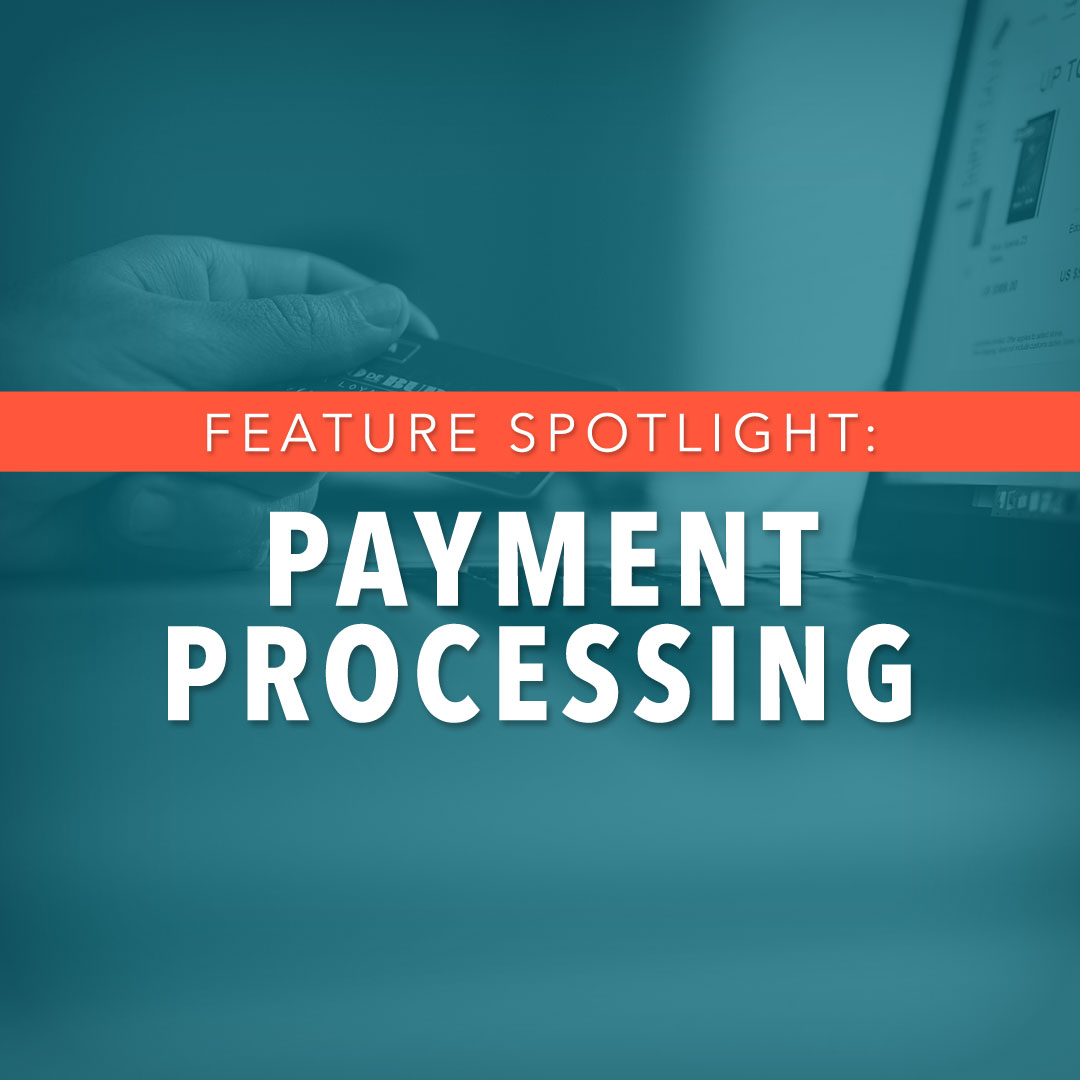If your neighbor asks to borrow a cup of sugar, do you turn around and give them a pound instead?
Not likely. We usually only give according to what’s asked of us, even if we have more that we can give.
Think about your donors. It’s entirely possible that your donors actually have room to give much more to you than they’re currently giving. BUT (and this is a big but) because you aren’t asking for it, they’re not giving it.
So are you asking too little of your donors?
Here’s the donor management dilemma we often find ourselves in: We don’t want to ask for too much and overwhelm our donors. On the other hand, we don’t want to ask for too little and not challenge them enough. Right?
So let’s figure out where your donors are and how you can optimize your appeals.
Creating ask arrays
This is where data once again comes to the rescue. Your data will show you past giving patterns, and from that alone, you can draw deep conclusions about your donors and set out to create meaningful ask arrays.
You can even enlist the help of donor development experts to do wealth overlays on your donor base, showing you exactly what your donors are capable of, how many other organizations they are donating to, and what the potential is for their interactions with you. Again, from this data and research, you can make a well-educated ask array that will speak directly to your donor and their wallet.
Let’s go back to resourcing your donor base data and using that to create ask arrays. It’s important to note that you can use multiple different ask arrays in your appeals. That’s the power of segmentation. If you have a group of donors that consistently gives around the $10-$20 range but another group that gives closer to the $50-$100 range, then segment those audiences and give each one its own custom ask array. For the lower level audience, your ask array might look like $10, $20, $30 while your higher level audience might get an ask array of $50, $75, $100.
One size does not fit all when it comes to ask arrays, so do your research and customize to make sure you appeal to as many donors as possible!
Why “reach” asks matter.
Once you’re asking the right amount to each different group of donors you have, you can start thinking about adding “reach” asks to the mix—an easy and effective way to move donors up the dollar chart to start giving more.
For example, with those new donors that came into your organization giving at $15, $20, $25, a reach ask would look like introducing $40 at the end of that ask. It doesn’t follow in the pattern of having $5 between each amount, but is there as an option in case people feel extra generous.
The key to compelling people to give to your reach amount is to be strategic in the way you present it by drawing attention to it rather than hoping that by quietly slipping it in, people won’t take notice of the change but still give more. You might say something like, “Perhaps you’ve been blessed beyond measure this month and you want to give even more. Consider a gift of $40!” When your people get used to seeing that reach ask and start responding to it, you have the opportunity to move those donors up to new ask arrays where they’re consistently being asked for $40 or more rather than staying at a $10 giving level.
There’s a lot to consider in your donor development with all the moving parts; we want to help you simplify the process. With Donor.com, we make it easy for you to get the best out of your donors. With our powerful reporting, you get a deep pool of data to pull from to make sure you’re communicating to and reaching the right people. We even give you the ability to customize every single one of your appeals based on your donor giving patterns. No more second guessing, no more wishing. Just peace of mind and a job well done.


-1.jpg)







